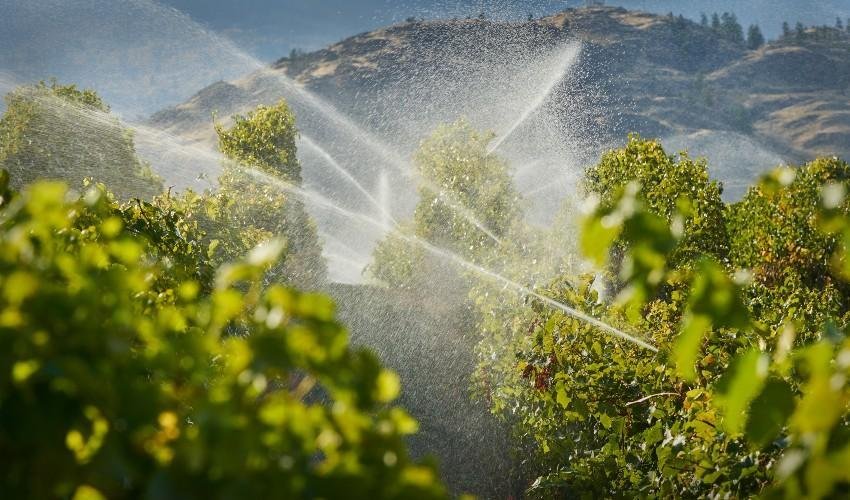A Simple yet Powerful Model for Irrigation Water Consumption

Irrigation agriculture plays a major role in global food security: it currently produces about 40% of all food consumed worldwide in just 20% of the total cultivated land. The water demand for irrigation agriculture has been constantly rising over the last decades, and it is expected to increase even further due to changes in precipitation patterns, higher temperatures and the expansion of irrigated areas to meet the soaring food demand. Reliable estimates of irrigation water withdrawals are then crucial for a sustainable management of global freshwater resources, aimed at ensuring food security without depleting the water system.
At present, there are two main approaches to estimate irrigation water withdrawals. The approach of the Food and Agriculture Organization (FAO) is based on surveys, censuses, literature reviews and coordination among national and international agencies. However, these data are often incomplete, inhomogeneous and possibly unreliable.
An alternative is represented by a class of algorithmic methods (Global Hydrological Models, Land Surface Models or Land Earth Systems Models) that can simulate hydrological processes by taking into account many variables, such as evapotranspiration, crop types, agrarian calendars, irrigation efficiencies, fertilization, weather data and irrigated areas. This complexity makes these methods computationally demanding, prevents a thorough assessment of output uncertainties, and limits their utility for policymaking.
In a paper recently published by Nature Communications, Bocconi Professor Emanuele Borgonovo and his coauthors Arnald Puy (Princeton and University of Bergen), Samuele Lo Piano (University of Reading), Simon A. Levin (Princeton), and Andrea Saltelli (Universitat Oberta de Catalunya) demonstrate that modelling irrigation water withdrawals as a function of irrigated areas alone yields almost the same results as the two methods above, but in a much more parsimonious way. This parsimony allows for a more thorough uncertainty quantification and a more transparent estimate of one of the most important indicators of global water security.
“The fact that such a complex phenomenon can be nicely explained by just a single factor,” comments Professor Borgonovo, “may appear surprising, especially given the large number of potentially relevant variables. Yet it is often the case that high-dimensional data hide a much lower-dimensional structure.”
“The explicative power of irrigated areas alone clearly indicates the fastest way to obtain better estimates of irrigation water withdrawals. In fact, data on irrigated areas vary substantially across datasets, due to the different methodologies and degrees of reliability. Hence, the fastest way to get more precise estimates of irrigation water withdrawals is through a better assessment of the extension of irrigated areas. It is pointless to develop overly complex models while settling for low-quality data.”
Puy, A., Borgonovo, E., Lo Piano, S., Levin, S. A., Saltelli, A. (2021). “Irrigated areas drive irrigation water withdrawals.” Nature Communications 12, 4525. DOI: 10.1038/s41467-021-24508-8.
by Sirio Legramanti
Source: Bocconi Knowledge
